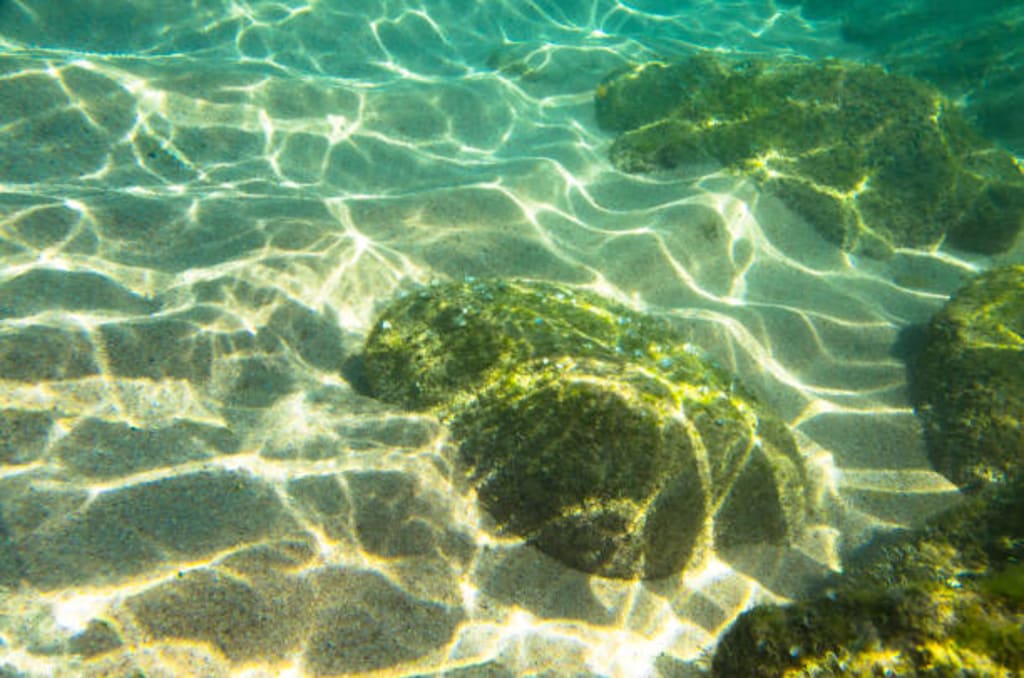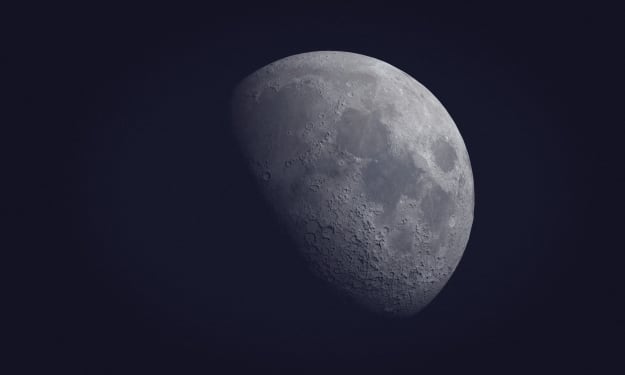Plankton, the earliest "aboriginal" creatures on earth!
The first group of "aboriginal" creatures on earth!

In Greek, the word "plankton" in "plankton" is interpreted as "wanderer". In fact, plankton is a "foam carpet" of floating microorganisms. It floats like a dense bubble on the upper sea surface, allowing the phytoplankton in this carpet-like cover to get sunlight for photosynthesis. Zooplankton in the cover layer can absorb nutrients from phytoplankton.
Phytoplankton may be the earliest life on Earth. They are mostly single-celled algae without stems, leaves and flowers, the same species as the large kelp, sometimes up to 60 meters long.
The chain of life begins with algae
Under the extremely primitive conditions of the origin of the earth, the chain of life only began in the form of algae. In today's world, some algae can endure the cold polar climate, and some algae can endure hot spring water near the boiling point; the algae living in saltwater lakes are dozens of times that of sea water, while the algae live on extremely dry desert rocks.
Each single-celled organism that makes up plankton is like a highly developed organism that can not only run its own life, but also perform multiple functions at the same time to help its neighbors survive. For example, the genus Kale in the phylum Cyanobacteria can function in some helium-fixing bacteria on land. Through a process that has not been well-studied, colloid algae convert atmospheric nitrogen into nitrates that other phytoplankton readily take up.
Another type of algae in phytoplankton, called diatoms, has a clamshell-like jacket of silica, the silica contained in yellow sand and quartz. After the diatoms die, the hard walls of the cells containing silica are deposited on the seafloor and, after thousands of years of evolution, are deposited into diatomaceous earth. This is a filter material of great scientific research value, and can also be used for sugar filter, toothpaste manufacturing, metal polish and special paint for road marking.
Cold regions have more plankton than tropical regions. The closer you are to the poles, the denser the microbes in the ocean. 40 cattle. Or 40 degrees south latitude. About 20,000 to 200,000 microorganisms can be found in 1 liter of seawater. This is mainly because the rivers and ice in the colder parts of the planet flush out enough minerals that the algae need: secondly, in the colder regions, the algae encounter much less competition for humans, animals or other plants than in the tropics. Because algae have the ability to endure a variety of harsh conditions and have an incredible ability to reproduce, reproduction is amazing. With no other life to swallow, only one type of diatom tissue can produce Earth-sized offspring weighing nearly 6x1021 tonnes in less than a week.
However, plankton is not harming the planet. Because most of them have less than an hour to live. In the world's oceans, approximately one billion tons of microorganisms are born, multiply and die every second. Only those larger "zooplankton" survive for days or months. This usually refers to the larvae of fish, starfish, clams, crabs and shrimp.
unique way of life
Over millions of years of evolution, each plankton has developed a unique way of life. In the upper layers of water near the sea surface, there is a type of phytoplankton that absorbs less red light in the solar spectrum, while phytoplankton living in the deep sea layer particularly absorb stronger green light.
Phytoplankton need to float to different ocean layers to get the different colors of light they need for their lives. Therefore, phytoplankton have a delicate set of plankton skills. First, these plankton tend to contain 90% water in order to facilitate plankton; second, these bodies often contain oil bubbles, air bubbles, or fat bubbles. For single-celled organisms, these bubbles and bubbles play a role in the underwater flotation of swim bladders or specialized tanks for submarines.
Some scientists believe that oil or fat bubbles that make use of plankton may be responsible for the formation of oil deposits in many areas of the seafloor.
Other plankton are used by swimming organs or swimming tentacles to float to the desired water level. For example, flagella, which have an antennae (i.e. flagella), can swim in this way. It remains the only known organism that can absorb nutrients through photosynthesis like plants, grow synthetically like animals, and saprophytic microorganisms like bacteria on land.
Today, many drugs, paints, ice cream, cosmetics, and even uranium are extracted from plankton. For those worried about a "food crisis" someday, this inexhaustible supply of algae, often as high as 88 percent protein, could become a huge food bank in the future.
About the Creator
Vicky
The world is so wonderful, let's get to know the world together!
Enjoyed the story? Support the Creator.
Subscribe for free to receive all their stories in your feed. You could also pledge your support or give them a one-off tip, letting them know you appreciate their work.






Comments
There are no comments for this story
Be the first to respond and start the conversation.